Condensation Evaporation In Pulsating Heat Pipe CFD Simulation, ANSYS Fluent Training
Condensation Evaporation In Pulsating Heat Pipe CFD Simulation, ANSYS Fluent Training
- Upon ordering this product, you will be provided with a geometry file, a mesh file, and an in-depth Training Video that offers a step-by-step training on the simulation process.
- For any more inquiries regarding the product, please do not hesitate to reach out to us at info@CFDLAND.com or through our online support assistant.
€175 Original price was: €175.€115Current price is: €115.
The mechanics of condensation and evaporation are fundamental regarding the way Pulsating Heat Pipes (PHPs) work, especially in cryogenic circumstances. In a Cryogenic Pulsating Heat Pipe (CPHP), the working fluid changes phases inside a capillary-sized tube that is bent into many turns. This makes separate parts for the evaporator, the adiabatic, and the condenser. The process starts in the evaporator section, where heat is added to make the cryogenic fluid (like liquid nitrogen, helium, or hydrogen) evaporate. This creates changes in pressure that move liquid slugs and vapor plugs around the pipe. When these vapor plugs get to the condenser part, they give off heat that has been stored and turn back into liquid. CPHPs can efficiently transfer heat over long distances thanks to this cyclical process of phase change. This makes them perfect for cooling superconducting magnets and sensitive electronic parts with limited room and weight. Among various papers investigating condensation evaporation in pulsating heat pipes, the reference paper titled “ Numerical Study of Liquid Nitrogen-based Pulsating Heat Pipe for Cooling Superconductors” is chosen.
- Reference [1]: Sagar, Kalpak R., H. B. Naik, and Hemantkumar B. Mehta. “Numerical study of liquid nitrogen based pulsating heat pipe for cooling superconductors.” International Journal of Refrigeration122 (2021): 33-46.
Figure 1: structure of CPHP [1]
Simulation Process
As given in Fig. 1, the CPHP structure is designed. It then transferred into ANSYS Meshing to be discretized into structured elements similar to the reference paper, depicted in Fig. 2. There are two phases inside a Pulsating Heat Pipe: gaseous flow and liquid flow. Gaseous flow is made up of bubbles and liquid slugs. Volume Of Fluid (VOF) multiphase method can be used to do numerical simulations of this kind of gas-liquid flow. Lee’s model governs the mass transfer between gas/liquid phases, happening due to the condensation/evaporation process. The saturation temperature is 77.34K. The nitrogen droplets experience 110° contact angle regarding the wall adhesion.
Figure 2: Structured grid in CPHP model [1]
Post-processing
The Pulsating Heat Pipe (PHP) simulations show that it transfers heat dynamically through cycles of condensation and evaporation. The temperature contour imgae shows a rise from the evaporative walls (95K) to the condenser walls (76K). The optimum temperature of 77.34K is critical to the dynamics of the phase change. Within the PHP loops, the plot shows clear areas of high-temperature (likely vapor-rich) and low-temperature (likely liquid-rich) parts. The way the temperatures are spread out shows that the evaporator section absorbs heat well because the working fluid evaporates above the saturation temperature, and the condenser section releases heat well because the vapor condenses below the saturation point. There are areas of intermediate temperature in the adiabatic sections, which shows that fluid slugs and vapor plugs are moving back and forth, which is typical of how PHP works.
Figure 3: Temperature & Mass transfer during cyclic condensation/evaporation in pulsating heat pipe
The animation that is provided probably shows how the temperature-induced pressure differences cause the fluid to move in a cycle within the PHP. The thermal cycle is strongly pushed along by the big 19K temperature difference between the evaporator and the condenser. This difference in temperature makes it easier for the evaporator to evaporate quickly and the condenser to collect quickly, keeping the heat transfer process going. The contour plot also shows that the PHP design has multiple turns, which increases the surface area for heat transfer and helps liquid slugs and vapor plugs form. Because of these features, the PHP can effectively transfer heat over long distances without needing a wick structure. This makes it a good choice for cryogenic cooling applications, like in superconducting magnets or sensitive electronic parts where space and weight are limited.
We pride ourselves on presenting unique products at CFDLAND. We stand out for our scientific rigor and validity. Our products are not based on guesswork or theoretical assumptions like many others. Instead, most of our products are validated using experimental or numerical data from valued scientific journals. Even if direct validation isn’t possible, we build our models and assumptions on the latest research, typically using reference articles to approximate reality.
Yes, we’ll be here . If you have trouble loading files, having technical problems, or have any questions about how to use our products, our technical support team is here to help.
You can load geometry and mesh files, as well as case and data files, using any version of ANSYS Fluent.
€210 Original price was: €210.€155Current price is: €155.

€140 Original price was: €140.€65Current price is: €65.

€240 Original price was: €240.€125Current price is: €125.

€110 Original price was: €110.€85Current price is: €85.

€255 Original price was: €255.€135Current price is: €135.

€160 Original price was: €160.€75Current price is: €75.










![structure of CPHP [1]](https://cfdland.com/wp-content/uploads/2024/10/structure-of-CPHP-1.png)
![Structured grid in CPHP model [1]](https://cfdland.com/wp-content/uploads/2024/10/Structured-grid-in-CPHP-model-1.png)

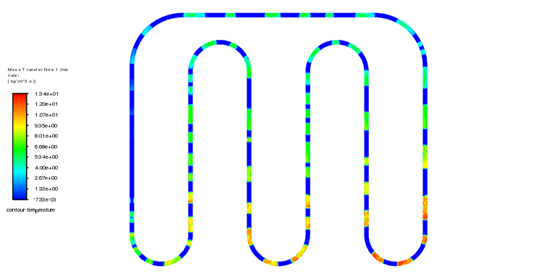





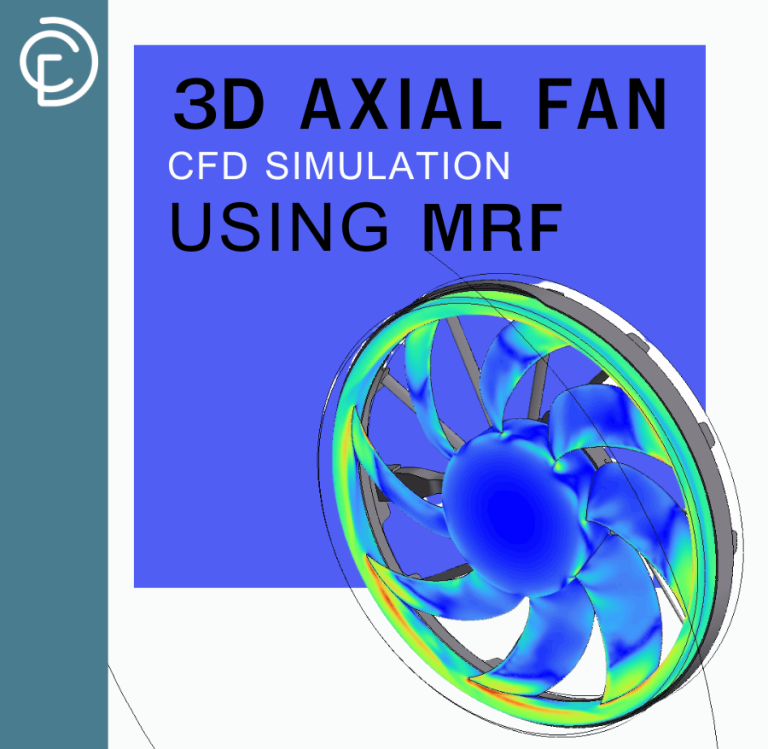
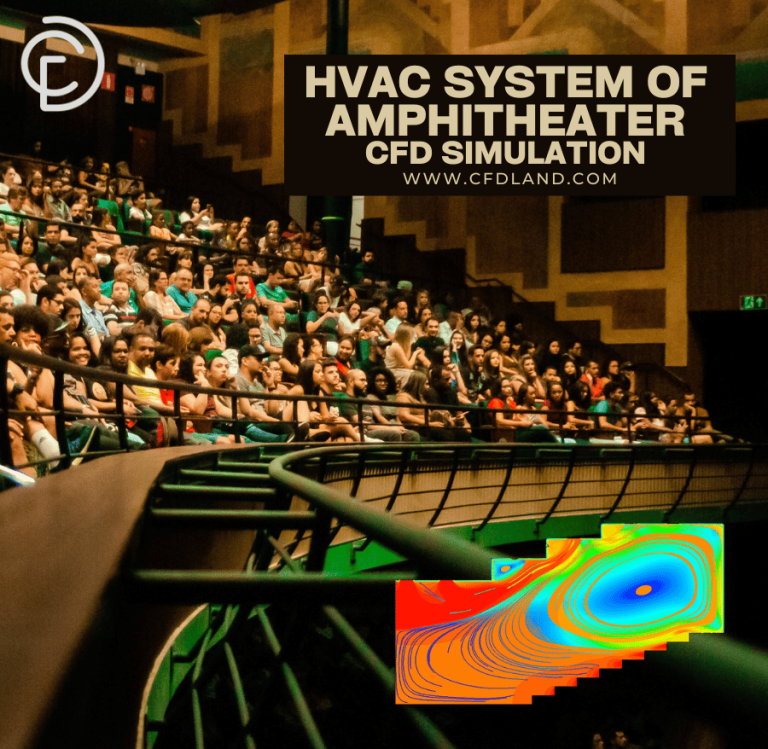
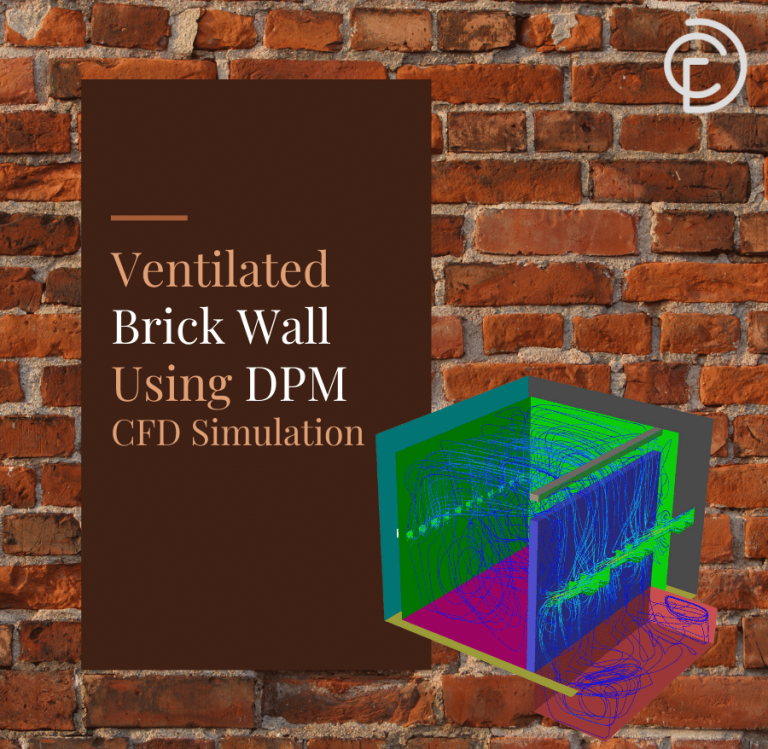

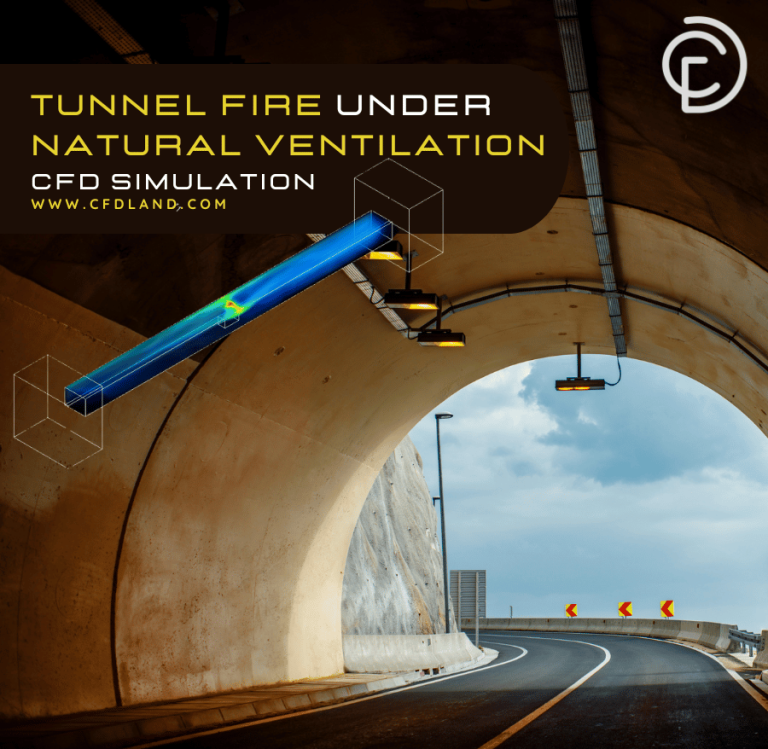
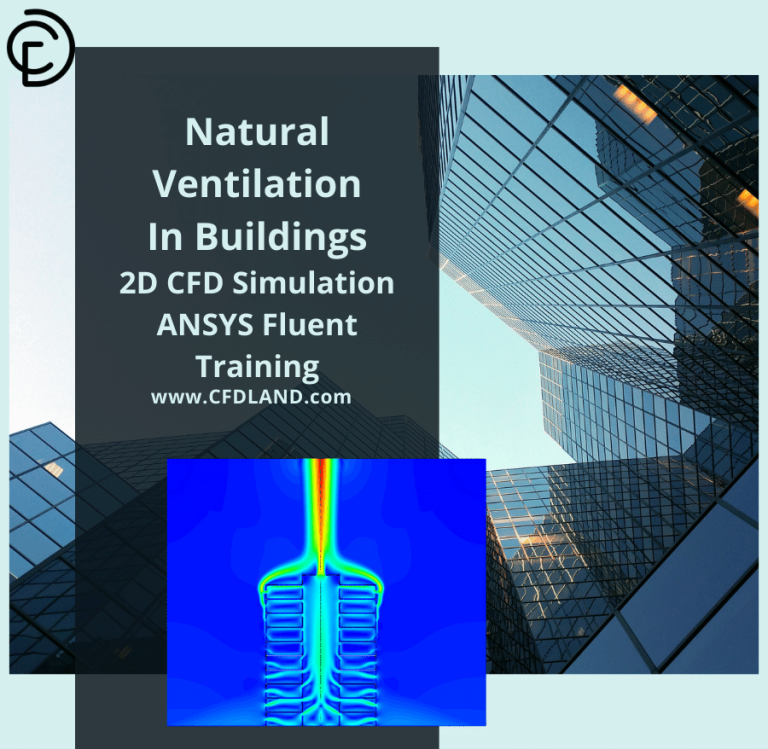
Reviews
There are no reviews yet.